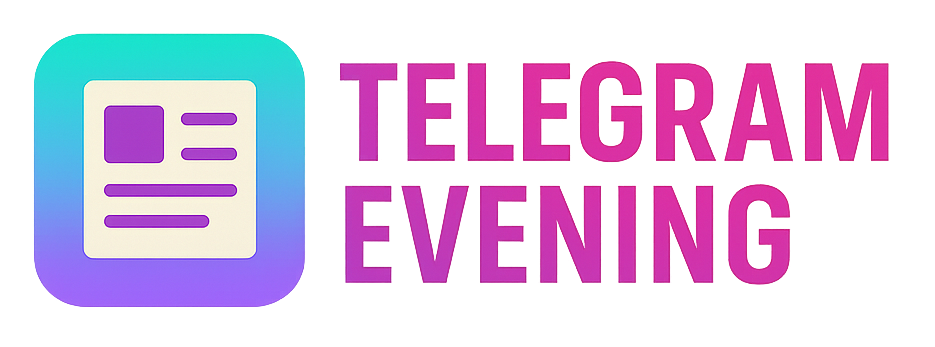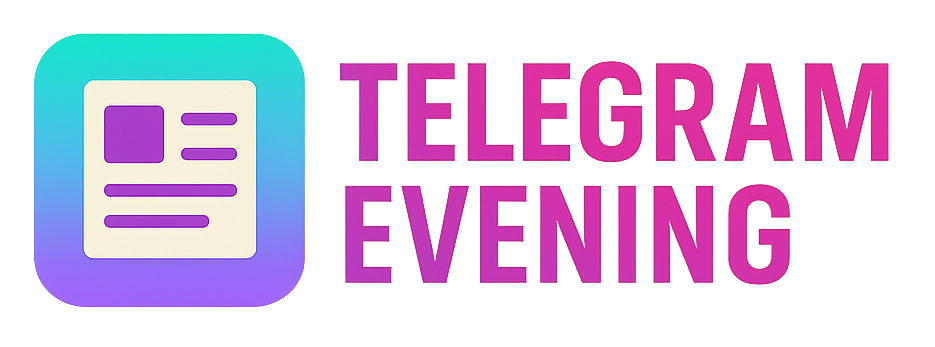Building Sustainable SaaS Growth with Customer-Centric Retention Frameworks
Focus on customer-centric strategies to sustainably grow your SaaS business through retention.

Understanding the Evergreen Challenge of SaaS Retention
While acquiring customers is essential, retaining them remains the cornerstone of sustainable SaaS growth. This article addresses the perennial challenge of reducing churn and optimising customer lifetime value through durable, adaptable retention frameworks.
Solution 1: The Continuous Engagement Loop Framework
This methodology focuses on maintaining consistent, personalised communication and delivering value at every stage of the customer journey. Implementing this requires:
- Onboarding Optimisation: Using multi-channel educational sequences, product walkthroughs, and in-app guidance.
- Feature Adoption Tracking: Monitoring usage metrics to identify under-utilised features, enabling proactive outreach.
- Personalised Engagement: Deploying AI-driven recommendation models to send relevant content, updates, or feature tips.
- Feedback Integration: Building structured feedback loops to gather qualitative insights and rapidly address pain points.
Example implementation step for usage tracking and engagement trigger in JavaScript:
<script>const usageThreshold = 10; // feature usage counts function checkUsageAndNotify(userUsage) { if(userUsage.featureX < usageThreshold) { sendEngagementEmail(userUsage.userEmail, 'Discover how Feature X boosts your workflow!'); } }</script>
Scalability & Adaptation
This framework thrives on modularity; as new features or customer segments emerge, engagement tactics can be tailored accordingly.
Solution 2: The Value-Based Tiered Retention Model
Tiering customers based on strategic value segments retention efforts efficiently without sacrificing personalisation:
- Tier Definition: Segment customers by revenue potential, usage intensity, and strategic fit.
- Customised Retention Actions: Allocate tailored incentives, advanced support, or exclusive content aligned with tiers.
- Dynamic Re-tiering: Employ data pipelines to adjust segments based on evolving customer behaviour and business objectives.
Financial Analysis Blueprint: Calculate Net Revenue Retention per tier regularly to evaluate and optimise resource allocation for retention campaigns.
Example: Tiered Outreach Automation (Ghost-compatible HTML snippet)
<div class="tiered-retention"> <h3>Retention Offer for Tier 1 Customers</h3> <p>Exclusive webinar invite and dedicated account manager contact details.</p></div>
Engagement Blocks
Did You Know? Retaining a customer is 5 to 25 times cheaper than acquiring a new one, highlighting retention's critical role in SaaS profitability.
Pro Tip: Use cohort analysis monthly to detect shifts in retention trends early and tailor interventions before churn spikes.Warning: Over-automation can depersonalise communication; always balance efficiency with authentic customer interaction.
Evening Actionables
- Map your current onboarding and engagement touchpoints; identify drop-off moments.
- Segment your customer base by usage metrics and revenue potential.
- Implement automated feature usage tracking with personalised follow-ups.
- Establish Net Revenue Retention KPIs by segment for ongoing performance monitoring.
- Integrate structured feedback collection into your product and support channels.
Further Learning
Combine these retention strategies with pricing resilience tactics from our article Building Resilient SaaS Pricing Models for Long-Term Growth to fortify overall SaaS scalability and profitability.





Comments ()